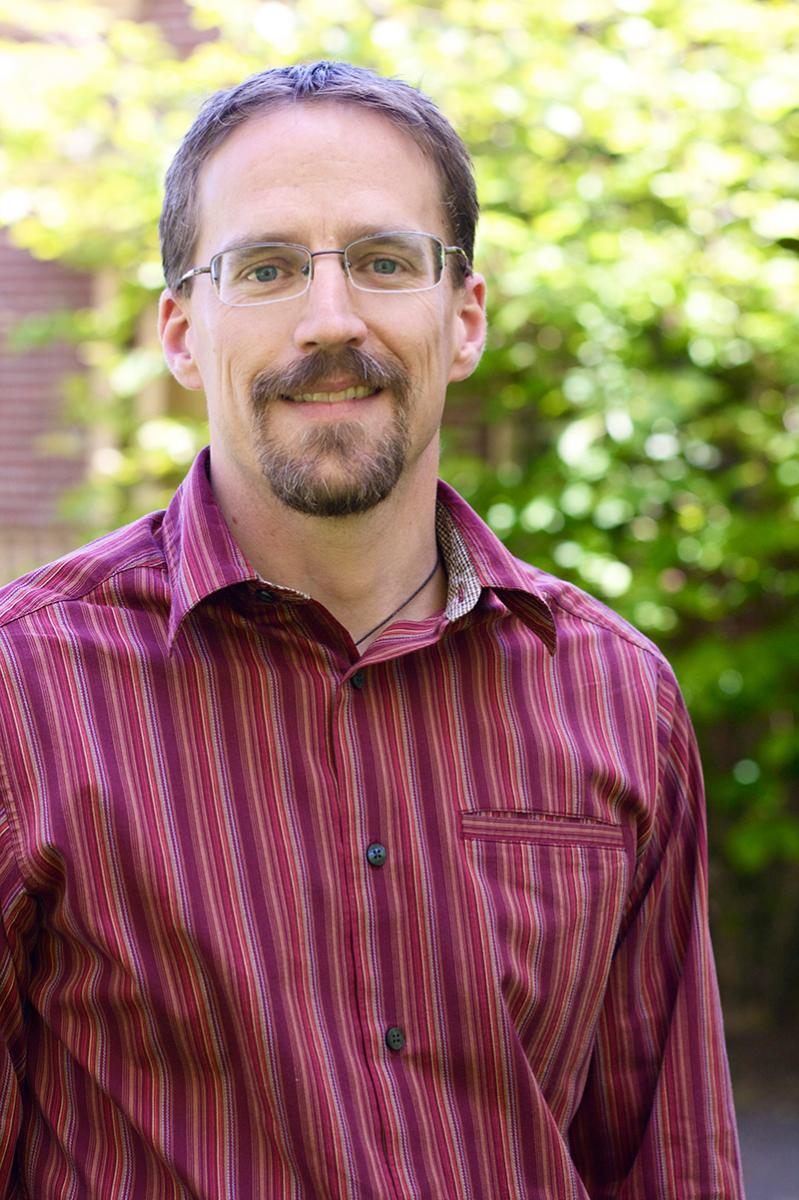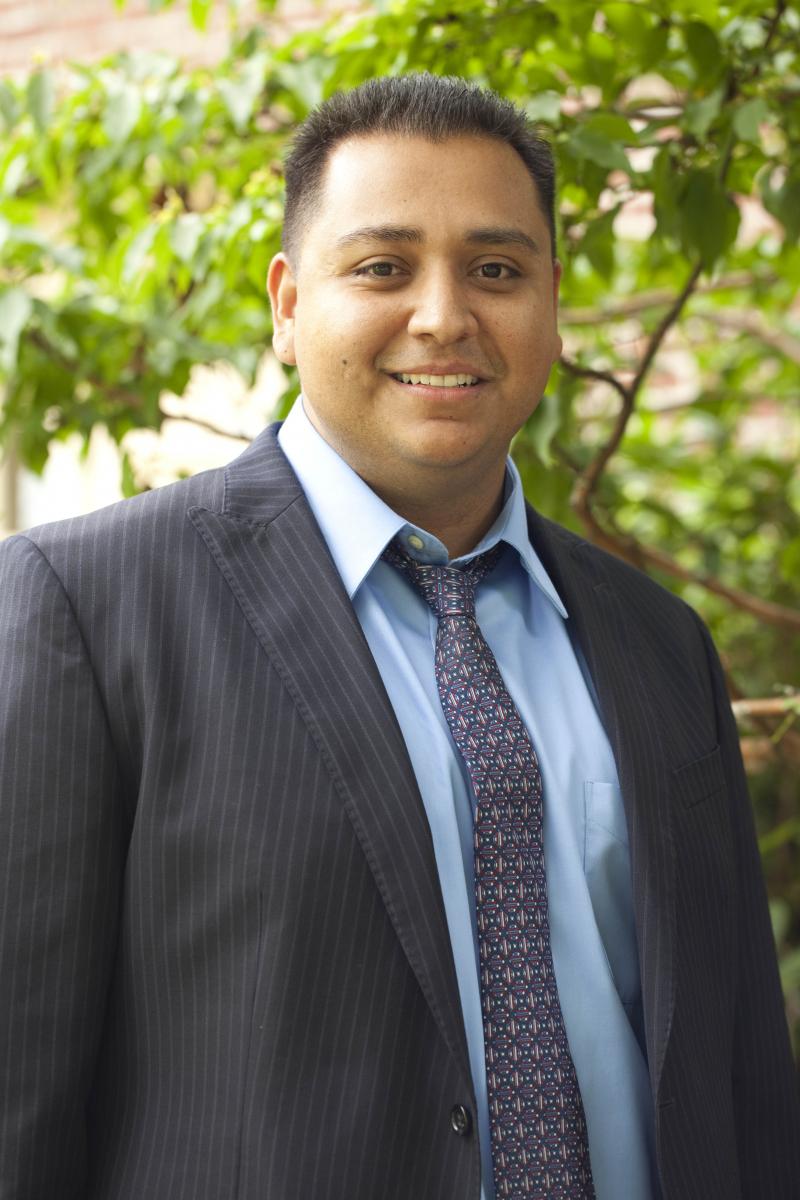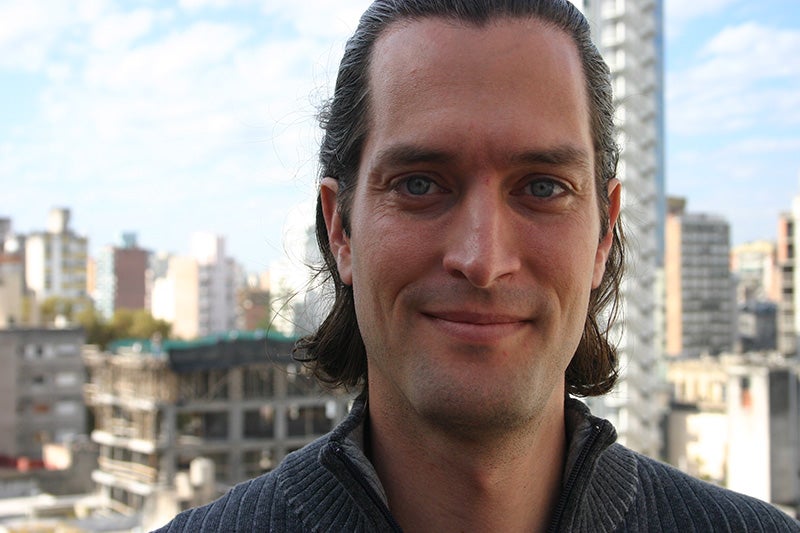Several research projects under way by University of Oregon faculty members have been slated for funding by the National Institute for Transportation and Communities.
These include public transit research programs created by UO faculty members in the Department of Architecture, the Department of Planning, Public Policy and Management, and the Community Service Center.
The National Institute on Transportation and Communities (NITC) received twenty-five requests for grant funding totaling more than $2 million. With only $925,000 to allocate, ten projects were approved, four of which involve UO faculty members.
NITC’s goal is to address national transportation needs through project funding originating from the U.S. Department of Transportation. NITC members include the UO, Oregon Institute of Technology, Portland State University, the University of Utah, and the University of South Florida. (Several NITC members, including the UO, were part of a former transportation group called the Oregon Transportation Research and Education Consortium, which is transforming as its federal grant ended.)
“What’s really unique [about the projects]—and A&AA is at the heart of this—is that we have a lot of people who are interested in making sustainable cities and livable communities,” said Marc Schlossberg, PPPM associate professor and codirector of the Sustainable Cities Initiative. “We have experts in many different disciplines who are now bringing transportation into the fold. It’s not like that at any other university. The idea that we have a geographer, an architect, and a planner focused on community engagement all working on transportation and livability issues is totally unique.”
To be selected, projects must focus on transportation and contribute to the NITC’s focus of livability, which is a nexus of safety and environmental sustainability. Project leaders carry out research and describe their findings in a final report.
Crowdsourcing Transportation Behavior Using a Mobile App

Above: Associate Professor
Marc Schlossberg
Schlossberg, UO geography Assistant Professor Chris Bone, and Ken Kato, associate director of UO’s InfoGraphics Lab, are the team behind one of the four UO research projects slated for NITC funding.
Their project “Crowdsourcing the Collection of Transportation Behavior Data” was awarded $132,934 in grants. The project involves developing a mobile crowdsourcing application to gather user data about people’s experiences with Lane Transit District (LTD), the bus transit organization that serves the Eugene-Springfield area.
The experience of transit users extends past the location and time of entering and exiting the vehicle, and may include variables such as length of waiting time, comfort of the transit stop, the traveler’s sense of safety, conditions on the journey to and from the bus stop, and several other factors. These data are essential for understanding an LTD user’s experiences and desires while using various transit services, and the project may improve the transit agency’s customer service.
“The idea here is to take [surveying] to the next level to collect a much more robust and spatially relevant set of information, so that the LTD or other transit districts could put this under practice,” said Schlossberg, who serves on the executive committee of NITC.
Tom Schwetz, planning and development manager for LTD, will collaborate with the team on the project.
“The idea is not ivory tower research just for the sake of doing research,” Schlossberg said. “The idea is that we want these tools and our insights to be put into practice, so working collaboratively with professional practitioners—in this case, Tom—is hugely integral to the work.”
The following three projects are in the roster for upcoming grant funding:
Identifying Areas for Future Transportation Development

Above: Professor Rich Margerum
Another project involves identifying centers of high-density development in five major metropolitan areas in the western United States. The project, “Understanding how Livability Principles get Implemented at the Local Level: a Cross-State Examination of Selected Metropolitan Centers,” was given a $75,000 grant. It involves PPPM faculty members Rich Margerum, professor and department head, and Rebecca Lewis, assistant professor; and Bob Parker, co- director of the Community Service Center. Keith Bartholomew from the University of Utah is also on the team.
The research will help metropolitan planning organizations and regional agencies identify strategies for supporting regional growth patterns that coordinate transportation and land use. In particular, it will focus on higher-density, mixed-use development centers in Portland, Puget Sound, San Diego, Denver, and Salt Lake City that will support access to transportation opportunities.
“The idea is to intensify development around centers, which can help reduce dependence on automobile travel,” Margerum said. “This allows regions to accommodate population growth and improve access to public transportation., The mix of services with residential development at these centers also reduces transportation demand because people are better able to access goods and services by walking and biking.”
The goal of the project is to examine how centers in these regions have evolved, and the factors that have helped and hindered them to be developed as mixed-use centers. Mixed-use centers are districts with higher density and a mix of residential, commercial or retail uses.
“These are the questions that metropolitan areas are really asking,” he said. “It is widely agreed that encouraging more mixed-use centers is one of the strategies for improving a transportation system, but it’s not clear how local governments can collaborate across metropolitan regions to help make it happen. It can be difficult to get research funding for these critical, applied policy questions, but it’s one of the critical questions in many of our metropolitan areas.”
Assisting Low-Income Communities of Color via Large Scale Transportation Projects

Above: Assistant Professor
Gerardo Sandoval
Another project, “Developing a Model for Transit Oriented Development in Latino Immigrant Communities: A National Study of Equity and TOD,” is led by PPPM Assistant Professor Gerardo Sandoval. NITC is already funding a case study of projects in which transit oriented development (TOD) has led to positive equity outcomes in Latino immigrant communities in Los Angeles and Oakland, California.
“Historically, large scale infrastructure transportation projects have lead to community displacement or gentrification,” said Sandoval. “In some neighborhoods, that doesn’t happen. I’m trying to understand why that doesn’t happen. A lot of the positive outcomes lead to an increase in affordable housing that come out of these projects and access to regional transportation systems.”
Sandoval says his practical goal with the project is to help teach transportation practitioners methods to implement large scale transportation projects that can be beneficial to low-income and minority communities.
“It’s great that NITC is interested in equity issues and issues of communities of color,” he said. “There’s a lot to do in that area in terms of research and practical work.”
Building on this study, Sandoval plans to expand the project to a national level and analyze low-income neighborhoods in San Diego, East Los Angeles, Phoenix and other areas to better understand the transportation and equity issues in Latino-based communities. He will be funded with $50,000 for this research.
Restoring Trip Generation Models for Travel Demands
Nico Larco, associate professor with the Department of Architecture, is working on the project “Improving Trip Generation Methods for Livable Communities” with colleagues from Portland State University, University of California-Davis, and University of Wisconsin-Milwaukee.
While the definition of what qualifies a livable community varies depending on the area and context, it is generally defined as a community that prioritizes planning, growth, and development to maintain and enhance its unique identity.
Trip generation factors, or methods for determining travel demands, predict the number of trips starting from or headed to a particular area. These can predict whether a wider road or more transit paths are needed. However, the current model is predominantly concerned with automobile transport.
“They take into account very little about design … and nuances in the design of projects, such as multifamily development can have a dramatic effect on an individual’s daily travel,” said Larco, the urban designer on the team. “The big issue is that they don’t really deal with site design, or its effect on transportation choices—especially in mixed-use areas.”
Data from previous efforts will be assembled to create a combined sample of more than 180 sites in urban contexts. The proposed improvements would expand the number of land-use types considered for trip generation methods, add mixed-use developments, include the role of site design and small-scale built environment differences, and fine-tune estimations of trips made by pedestrians and bicycles.
“We can improve trip generation methods to include some of these issues of mixed-use development and site design,” Larco said. “Hopefully we can help shift the national standards that would help incentivize the more livable integrated site design and community design.”
The NITC will request new proposals for grants in the coming weeks. Information can be found at http://otrec.us/nitc.

Above: Associate Professor Nico Larco
